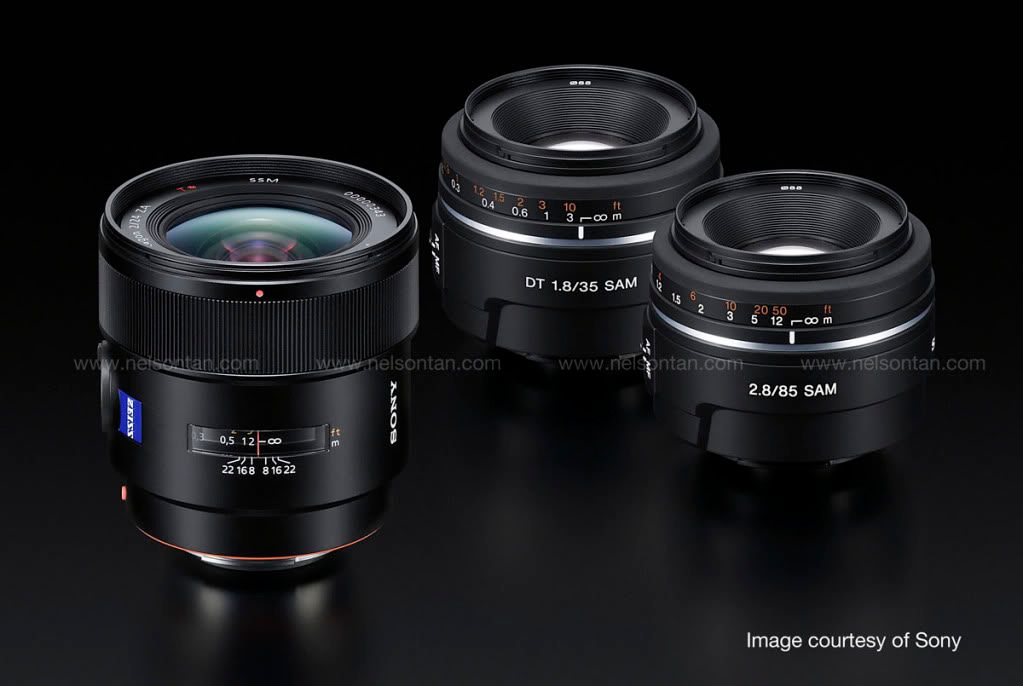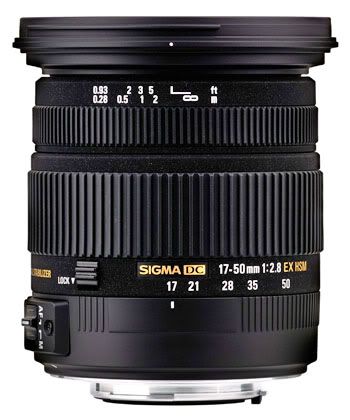For those who recall, Olympus had very innovative products, thanks to a clever Japanese engineer named Maitani. He was like the Steve Jobs of Olympus, conceptualizing and developing new products that took Olympus into areas where no other brands dare go. Some of his most iconic products include the Olympus Pen, the Olympus XA and the Olympus OM (SLR) system. I remember being simply astounded when I first came across the futuristic clamshell design of the Olympus XA and the petite Olympus OM that fits right on my palm!
Olympus Pen
* Product images copyright of Olympus
Maitani's trademark seems to lie in miniaturizing products, since his designs for the cameras made them almost half the size of competitors. Legend has it that Maitani was in a public hot bath one day when a truck driver entered the bath. Before long, they heard a commotion outside and saw that the truck had caught fire due to a short-circuit. But because Maitani (and everyone else) did not have a camera, the moment was not caught on film. Maitani then resolved to make a compact camera so that everyone can always carry one with them, and the result was the Olympus Pen.
If you're an Olympus fan or simply fascinated with the exploits of this legendary Olympus chief camera designer, check out this Maitani website where his fans showcased his adventures and his work. Frankly, with such a colourful character, Olympus could do well engineering a marketing campaign revolving around the innovative spirit of the company. Are you listening, Olympus?
Check out Maitani's fan site at http://www.maitani-fan.co.cc today!











